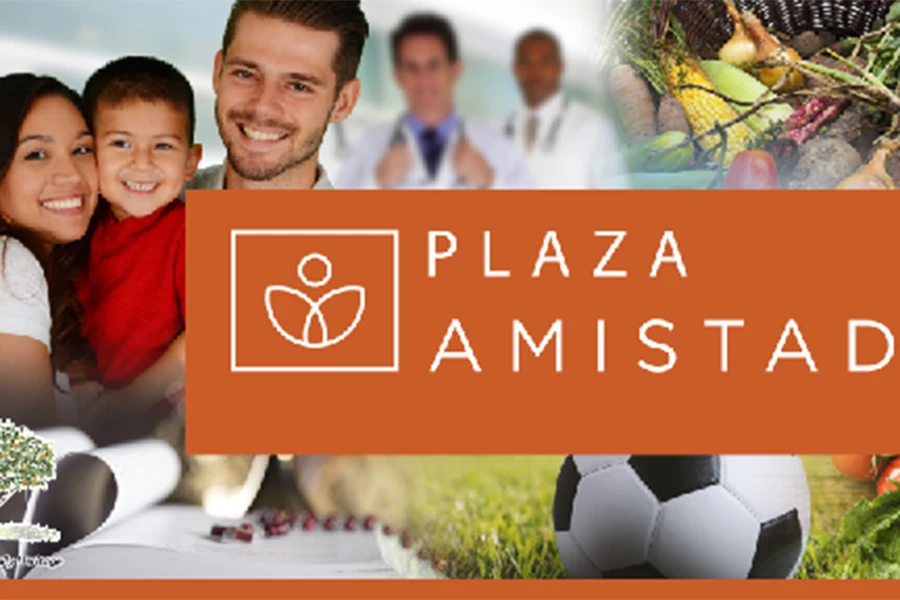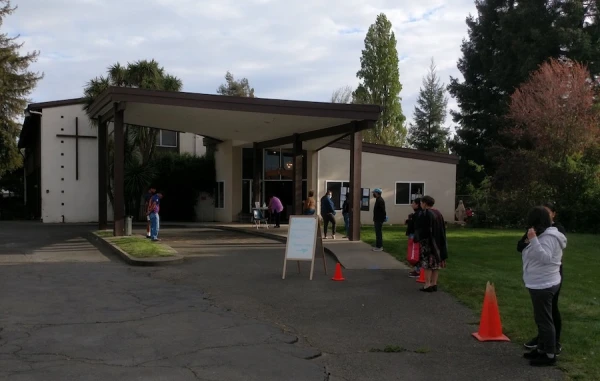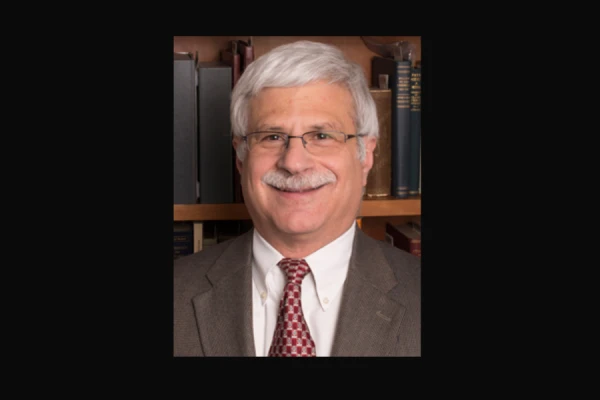
Brownsville, Texas, Dec 2, 2017 / 04:05 am (CNA/EWTN News).- A partnership among the Diocese of Brownsville, businesses, and other community partners aims to create a self-sustaining space where area residents can learn, play, find services, and meet others from different backgrounds.
“My intention is that this be a place where you can encounter and enjoy knowing other people,” Bishop Daniel Flores of Brownsville said at a Nov. 29 dedication ceremony at the project site. “My hope, especially for the families that are here, is that this land will continue to be a land that bears fruit – fruit of hope, of joy, of laughter and learning, especially for our young people.”
The project, called Plaza Amistad, will include a health care clinic and education center, retail stores, a farming field school, a farmer’s market, a community garden, and a café.
There will also be venues for soccer, volleyball and other sports, as well as a perimeter trail, the Rio Grande Guardian reports. It takes its name from the Spanish word for friendship.
The project’s first phase, developed over a six-month period, will use 14 acres outside Donna, Texas, which is located 50 miles northwest of Brownsville, and just eight miles from the US-Mexico border.
The land was donated by the Bonham family, non-Catholics who are prominent citrus growers in the Rio Grande Valley.
It is modeled on public-private partnerships to gather support and expertise from various community partners.
“For me it is a perfect partnership and I am grateful that God opened the doors,” Bishop Flores said. “We have to take a few risks because we haven’t done this before. This is all kind of new – the church, businesses, local community organizations, the more the merrier, working together as a community of communities.”
“We want a community that helps the community,” the bishop continued. “To me that is part of the Catholic vision of life. We were not put on this earth to only help Catholics, we were put on this earth to help everyone because we are Catholics, and that means, for example through Catholic Charities, we don’t ask people what religion they are, we don’t ask them if they have papers; we ask them, ‘are you hungry, are you thirsty, do you need a place to stay?’.”
For Patti Sunday, a consultant who has worked on the project, Plaza Amistad is “one of the first steps at solving our own problems,” she told CNA Nov. 30.
The project aims to host enough profitable services that it can fund vital services like health care at an “extremely affordable rate” for people who otherwise couldn’t afford them.
The effort aimed to combine both making a profit and good stewardship, taking a new path in a field that often involves the same people competing for limited grants and government funding.
The Brownsville region has developed a border culture of its own where U.S. and Mexico territory meet. Beneficiaries of the project might or might not be undocumented.
The Plaza Amistad model focuses on the “working poor,” people who take in about $40,000 per year per family of four. It is believed they have enough income to support such a community, while also benefitting from affordable community services.
The plaza is located next to entry-level housing, while the project’s farmer’s market will also bring people together across class lines. Population growth projections suggest the area near Plaza Amistad will grow.
“It’s a different vision, and I think it is something God will bless,” said the bishop. “With the hard work of a lot of people, I think it could be a model for the whole country.”
Miguel Santos, director of strategic planning for the Brownsville diocese, said Plaza Amistad is based on “the premise of human dignity, of both solidarity and subsidiarity, of not just giving them a handout but a hand up.”
There could be a Catholic church and parish in the future, second phase of the project.
“We will have a chapel,” Bishop Flores said. “It will be a place to let the Church do what I think the Church does best, which is gather people in the knowledge of the love of God, and in the love of neighbor.”
For the bishop, it is natural that the Church gathers her people and then “opens up the doors, as the Holy Father Pope Francis says, so that we can welcome.”
“For the beauty of what it is to be human is that we were meant to live in community and not isolated,” Flores added.
The diocese is the leading agent in the public-private partnership.
Santos said that while the diocese has provided an initial outlay of funding, “the idea is to partner with different entities that can bring to the table their particular expertise.”
“Our interest is to partner with different institutions who can each be responsible for the operations of their specific part of the project,” he said.
Fifteen college sophomores are helping design commercial and medical architectural portions of the plaza, according to Jim Glusing, a civil and architectural engineering professor and director of the Institute for Architectural Engineering Heritage at Texas A&M University-Kingsville. Parts of their proposals could be considered for inclusion in the final design.
Kyndel Bennett, a member of the traditionally Methodist Bonham family, said he thought the project was “a win-win for all involved.”
“It is a project we are all excited about,” Bennett said.
If you value the news and views Catholic World Report provides, please consider donating to support our efforts. Your contribution will help us continue to make CWR available to all readers worldwide for free, without a subscription. Thank you for your generosity!
Click here for more information on donating to CWR. Click here to sign up for our newsletter.





Since the ‘diocese will be the leading agent’ in this project, what, specifically, will be ‘Catholic’ about the activities?
How will, specificallly, anyone be drawn to Christ at this event? Holy Mass, Holy rosary, confessions?
Or will it be…let me guess…feel good, happy talk, I’m OK, you’re OK?
Well, we already know the answer, do we not?
Yes, we do know the answer.
Didn’t you see? “There could be a Catholic church and parish in the future, second phase of the project.
“We will have a chapel,” Bishop Flores said. “It will be a place to let the Church do what I think the Church does best, which is gather people in the knowledge of the love of God, and in the love of neighbor.””
So possibly, maybe, at some point in the future there might be a chapel. And silly me, I thought what the Church is supposed to do best is to worship God.
“The Brownsville region has developed a border culture of its own where U.S. and Mexico territory meet.”
And yet even though the project is in the United States, its name is entirely in Spanish. That doesn’t sound so much like a blending of two cultures as it does completely ignoring one of them.
“Beneficiaries of the project might or might not be undocumented.”
I’ll bet.